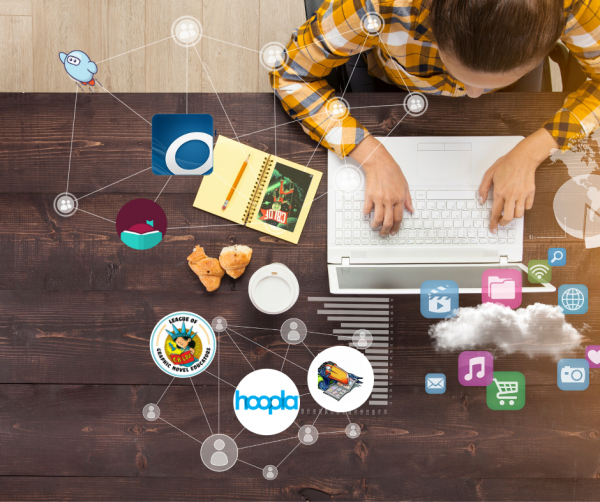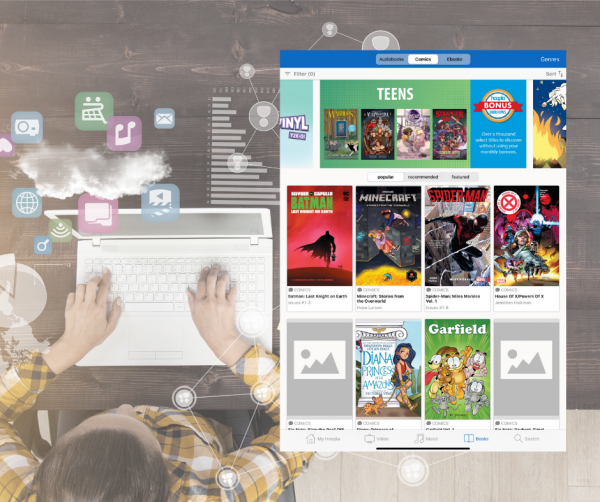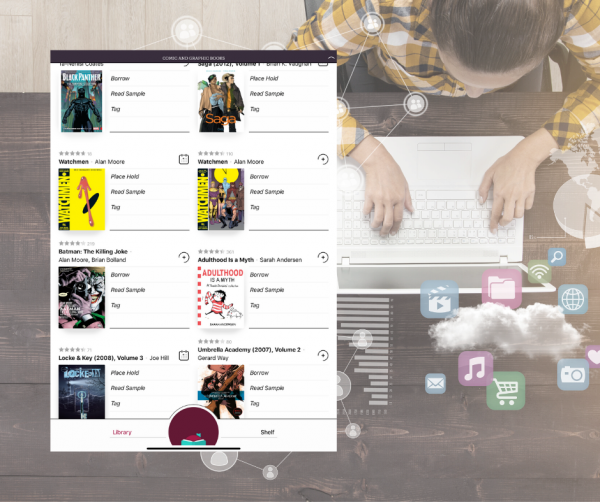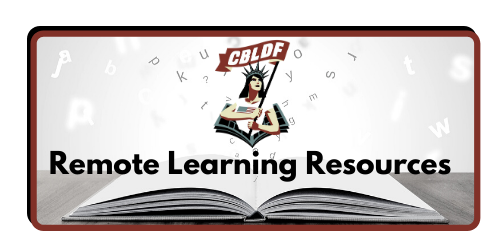 There’s a misconception that reading free ebooks or digital comics requires piracy or outdated public domain content — but all it requires is a library card. You can read Watchmen, Guts, Ms. Marvel, Sandman, and many more using digital resources many libraries are providing. In light of the COVID-19 crisis, libraries have been working to extend their digital offerings as well as their access. Check out these different apps and tricks to find great comics, and then head over to your libraries website to figure out which apps your library offers access to.
There’s a misconception that reading free ebooks or digital comics requires piracy or outdated public domain content — but all it requires is a library card. You can read Watchmen, Guts, Ms. Marvel, Sandman, and many more using digital resources many libraries are providing. In light of the COVID-19 crisis, libraries have been working to extend their digital offerings as well as their access. Check out these different apps and tricks to find great comics, and then head over to your libraries website to figure out which apps your library offers access to.
Hoopla
Hoopla changed the library’s digital asset game in many ways when it came on the scene. Not only does it give libraries a way to loan digital titles with the ability to watch, listen, or read in the app itself — but Hoopla also allows for simultaneous borrowing. Most digital licensing and all physical titles require that the number of copies borrowed don’t exceed the copies available, and when they do, a hold list is created to organize the order in which patrons get to read the work. With Hoopla, there is no hold list or limit to the number of people reading or watching something at the same time. This feature makes Hoopla an ideal option for picking your next book club selection because you know that everyone can access the title simultaneously and for free.
While Hoopla doesn’t have hold lists, it does limit the number of titles each patron can borrow in a month. When you set up your account it will tell you how many titles you are allowed to borrow, and it reminds you when you request to borrow something so you don’t use all your credits up at once. Also, many libraries have increased the number of titles patrons can borrow each month since the COVID-19 crisis began, and Hoopla has also selected titles from each medium (film, TV, comics, etc.) and offers them as Hoopla Bonus Borrows, which do not count against your monthly total of licenses.
There’s a Chrome Extension to let you see if a comic or book you are looking at on Amazon is available through Hoopla, so you don’t even have to hump back and forth trying to decide if you can borrow something from the library right now.
OverDrive
One of the first resources that really made checking out digital items convenient and universal. OverDrive can be used through an app or with a web browser. Often times you can connect to OverDrive right through your library’s webpage, which will take you to a drop-down list of possible libraries or a search option to locate your closest library. To log into OverDrive you need your library card and PIN. If you don’t have a PIN, check your library’s website, often they set up a simple one for patrons automatically and offer more information on the website for how to find it. If not, send an email to your library’s information desk, and they’ll help you figure out your PIN.
In addition to Libby, which is covered in detail below, OverDrive has also launched Sora, a new app for students to borrow digital resources from their school’s library. Students can either search for their K-12 school or teachers/librarians/administrators can provide a setup code that takes the student to their online collection.
Libby
Libby from OverDrive can be used on a SmartPhone, tablet, web browser, and more. It offers multiple ways to read or listen to borrowed materials, supports multiple library cards, allows downloading and streaming ebooks, audiobooks, and more. Comics and graphic novels are often overlooked when talking about OverDrive and Libby, but it really depends on what your library has chosen to offer digitally because while you can’t read them natively through Libby as you can with Hoopla, you can still borrow available titles and read them using the Kindle app (which is free and available through every App Store). Libby even offers audiobooks of some comics and graphic novels, which is an amazing feature for readers who may have trouble seeing.
You set up Libby with your library card number like the other apps, but the app also offers a lot of help along the way including geographically narrowing the library options, taking you to your library’s website if you have a question, or helping you get a library card. Also, once you set Libby up, you never have to set it up from scratch again. Libby lets you port your account over to another device or web browser with a tap of a button. This makes it especially easy if you set up an account a while ago and now want to add that to a tablet for your kids, or your work computer.
When setting up a new Libby account it will give you the option to copy cards from another device. When you click on that it will ask you for a code, you just go to the device with the working account, long-press the circle icon in the top right until a code pops up, and then type that code on the new device you want to connect. Voila — all of your library cards, holds, and loans are now on that device too.
To check and see what kind of comics and graphic novels your library offers digitally:
- Open Libby
- Click “Explore” > “Subject” > “Comic and Graphic Books”
From there, depending on how many titles they have, you can scroll through or use the “Refine” option on the right-hand side to reduce the list by the intended audience, sort by popularity, or even search within the results. Not sure whether you want to borrow a title? Click the “Read Sample” to see a selection from the beginning of the comic to make sure you’re into it.
Use Your Library
Think these resources aren’t worth looking into because your library system is outdated or small? Well, check again. There’s no way to predict what will be available without looking. For example, a library card for a smaller system in Eastern Long Island has nearly 4,000 comics and graphic novels available through Libby, while New York City’s Public Library System has less than 1,000. That same Long Island Library Card just doubled its Hoopla title allowance, as did Mobile, Alabama’s library system — Long Island readers now get 8 titles a month while the Alabaman’s get 20. You can’t know what your library has to offer until you check.
This article just focused on specific apps for reading comics, which is only a drop in the bucket of digital resources libraries make available. There are specific apps for watching movies, reading kids’ books, doing research, and more. Online resources from libraries can include subscriptions to The New York Times and other papers, Story Times for kids, even access to tools like Lynda.com which offers classes to learn digital skills like Photoshop, Video Editing, Web Development, and more. And these tools are nothing compared to the free WiFi access that many libraries provide for their community. Since the COVID-19 crisis began and libraries had to shutter their doors, many made sure to leave the WiFi on for patrons with a reminder to use it safely, and employee social distancing. According to the ALA’s recent survey, some libraries have even expanded their WiFi network since the closures to reach more people, since lack of access to the internet right now can mean an inability to access school, work, or information at a crucial time.
All these tools listed here aim to save patrons money, help build new skills, provide free access to resources, and improve lives in their communities for the better.
So if you think your library is outdated, think again.


